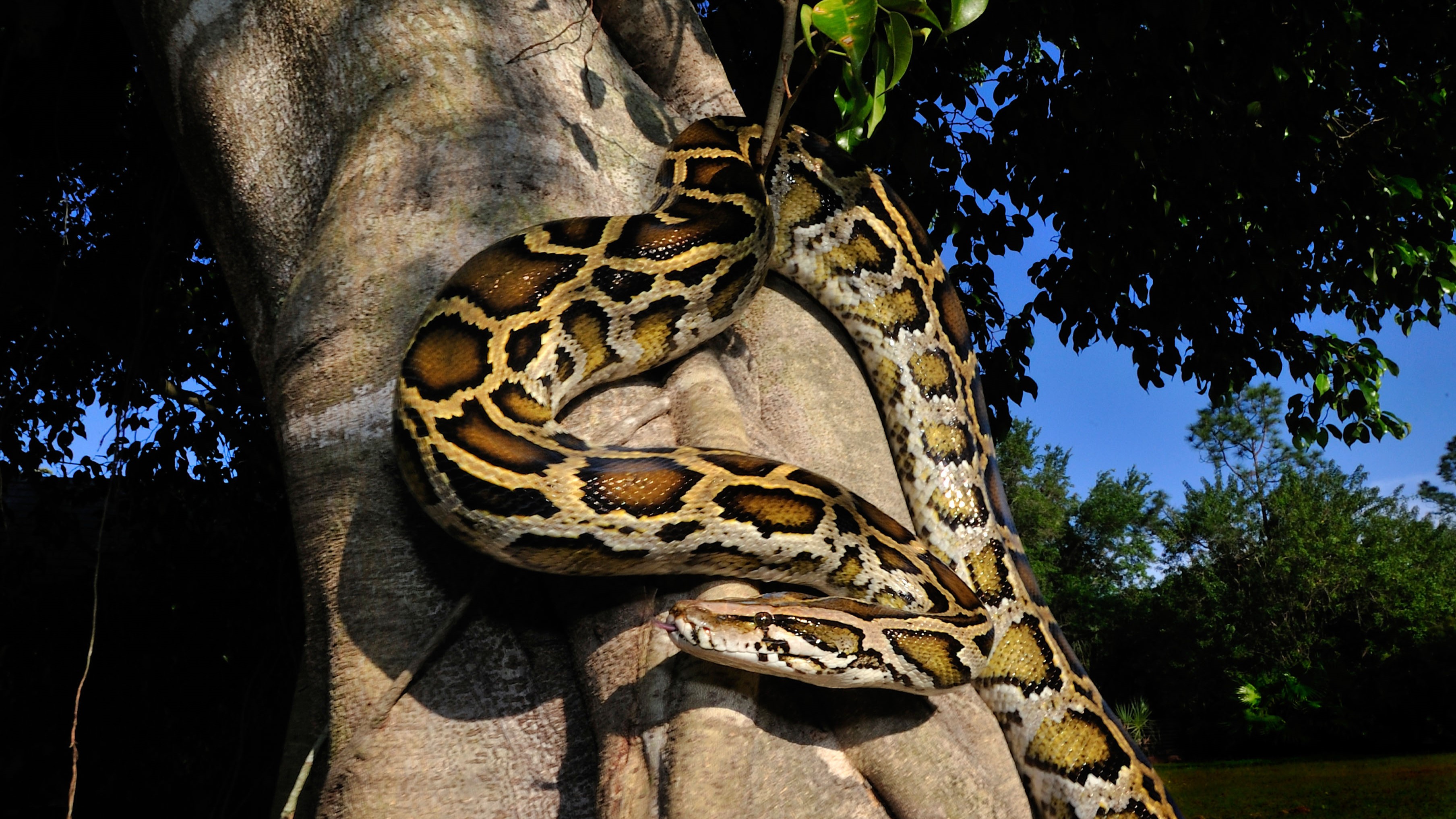Octopus Doesn't Give Up on Motherhood

ANCHORAGE, Alaska (AP) _ It was a May-December romance that really had legs: Young Aurora, a female giant octopus and her aging cephalopod suitor J-1 were thrown together for a blind date seven months ago by aquarists who hoped the two would mate.
By all appearances, their fling was a success, and Aurora began dribbling long strings of eggs down the sides of her tank the following month. Though her sweetheart died of old age in September, the pitter-patter of tiny tentacles seemed close at hand.
But those tens of thousands of eggs remained pearly white with no signs of developing, and aquarists at the Alaska Sealife Center -- concluding that the eggs were likely sterile -- began draining Aurora's 3,600-gallon tank so she could be removed from display.
Then, last week, a sharp-eyed intern at the center in Seward noticed something peculiar in each of the eggs: two red dots.
"I asked if that was normal,'' said 24-year-old Meghan Kokal.
It was -- for baby octopus eyes.
Under a microscope, aquarists saw developing eyes and pulsing mantles. A brief meeting was held. It was decided that Aurora would stay in her tank after all.
Sign up for the Live Science daily newsletter now
Get the world’s most fascinating discoveries delivered straight to your inbox.
"We started to fill it up again,'' Hocking said.
To her credit, Aurora had never given up. Day in and day out for months, she sent waves of water out through her siphon to gently cleanse her eggs, and defended them against hungry sea cucumbers and starfish.
Aurora probably had some moments of "quiet desperation'' last Tuesday while several hundred gallons of water were drained from her tank, said aquarium curator Richard Hocking.
As the water went down, one of the aquarists placed some of the eggs that had fallen from the sides of the tank on a rock shelf. Even then, Aurora persevered.
"She didn't want to leave them. As the water was going down she was going down with it. She would spray a burst of water on the rocks on top of them,'' Kokal said.
Aurora and J-1 surprised everyone on the morning of May 11 when they hit it off almost immediately after their introduction, embracing for hours in a dark corner of the tank, which is part of the center's "Denizens of the Deep'' exhibit.
At 5 years of age, J-1 -- who up until meeting Aurora had lived a strictly bachelor life -- was considered elderly for his species, the largest octopus in the world. He was already in a period of decline that occurs before an octopus dies; his skin was eroding, and his suckers were pocked with divots.
Though the two had canoodled intensely days before, J-1 began acting cranky with Aurora and he was removed from her tank. Female Giant Pacific octopuses can choose to conceive in what is known as delayed fertilization. Apparently, J-1 had the right stuff, and the privacy was just what Aurora needed, as she began laying eggs just a few days later.
Aurora, believed to be 3 or 4, was about the size of a grapefruit when she was found in 2002 living inside an old tire in front of the SeaLife Center. J-1 died on Sept. 8. He was about the size of a quarter when found on a beach near Seldovia in 1999.
In the wild, Giant Pacific octopus females stop eating when caring for eggs, weaken and die about the same time as the eggs hatch. Hocking said Aurora has lost a lot of weight and can't change colors as rapidly as when she was younger. Her skin also is stretched thinner and her suckers are less pliable.
"She looks like an old octopus,'' Hocking said.
Aurora will be allowed to stay with her eggs as long as she continues to care for them. When they are close to hatching, which could be as late as spring, they will be moved to rearing tanks. Perhaps none or as many as a few thousand could survive, Hocking said.
Kokal, who is working on a degree in environmental science from Northern Arizona University, likes the idea of several thousand baby octopuses at the SeaLife Center.
"That would be very nice,'' she said.










